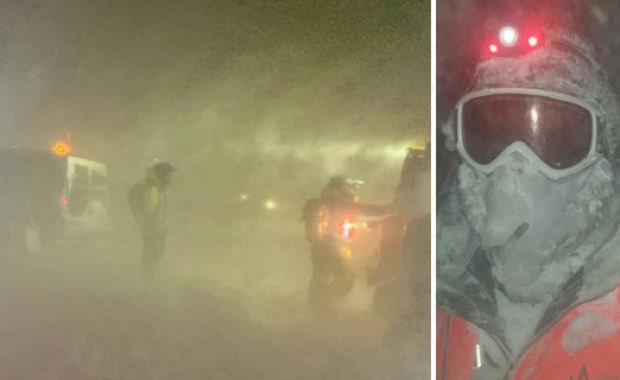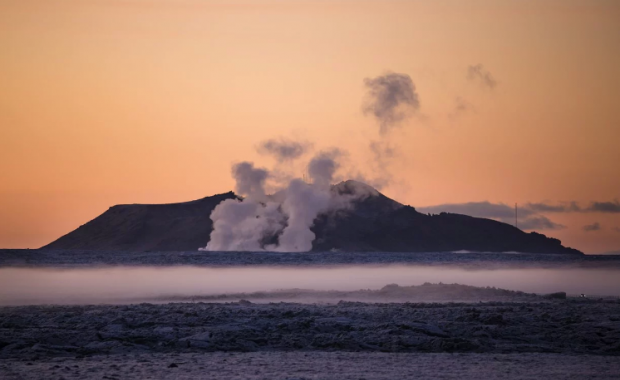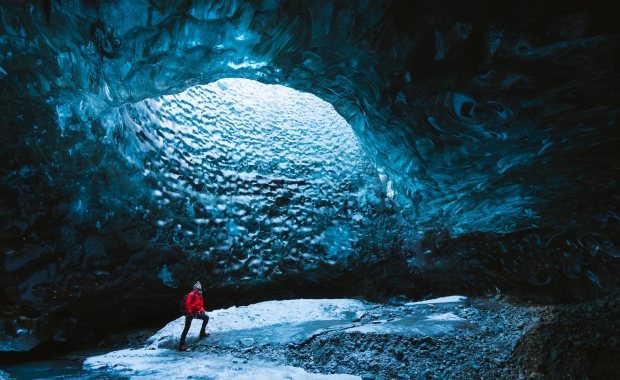Daily gas emissions from the Holuhraun eruption currently surpass that of all the EU-countries according to Þorsteinn Jóhannsson, specialist at the Environment Agency of Iceland. That includes all greenhouse gasses emitted from industry, transport and households in the EU said Þorsteinn when interviewed by newspaper Fréttablaðið.
According to Þorsteinn between 10.000 to 20.000 tons of sulfur dioxide (SO2) is released into the atmosphere every day at Holuhraun. To compare, the EU daily average is 14.000 tons.
The Icelandic Met Office reports that a high concentration of SO2 was measured yesterday near Lake Mývatn (2000 microgram pr. cubic meter) and last night in Reyðarfjörður fjord (2600 microgram pr. cubic meter).
Pollution from the eruption is mostly expected northeast of the eruption site today. Tomorrow (Friday) the pollution will move towards east and southeast. Here is an interactive map by IMO showing the gas distribution
The map uses an Air Quality Index (AQI) colour code that tells how clean or polluted the air is, and what associated health effects might be a concern. The AQI focuses on health effects that people may experience within a few hours or days after breathing polluted air.
Air Quality Index (AQI)
GREEN Good
YELLOW Moderate
ORANGE Unhealthy for Sensitive Groups
RED Unhealthy
PURPLE Very Unhealthy
MAROON Hazardous
Daily gas emissions from the Holuhraun eruption currently surpass that of all the EU-countries according to Þorsteinn Jóhannsson, specialist at the Environment Agency of Iceland. That includes all greenhouse gasses emitted from industry, transport and households in the EU said Þorsteinn when interviewed by newspaper Fréttablaðið.
According to Þorsteinn between 10.000 to 20.000 tons of sulfur dioxide (SO2) is released into the atmosphere every day at Holuhraun. To compare, the EU daily average is 14.000 tons.
The Icelandic Met Office reports that a high concentration of SO2 was measured yesterday near Lake Mývatn (2000 microgram pr. cubic meter) and last night in Reyðarfjörður fjord (2600 microgram pr. cubic meter).
Pollution from the eruption is mostly expected northeast of the eruption site today. Tomorrow (Friday) the pollution will move towards east and southeast. Here is an interactive map by IMO showing the gas distribution
The map uses an Air Quality Index (AQI) colour code that tells how clean or polluted the air is, and what associated health effects might be a concern. The AQI focuses on health effects that people may experience within a few hours or days after breathing polluted air.
Air Quality Index (AQI)
GREEN Good
YELLOW Moderate
ORANGE Unhealthy for Sensitive Groups
RED Unhealthy
PURPLE Very Unhealthy
MAROON Hazardous






